Understanding In-App SDK Bidding vs Waterfall: What Developers on Reddit Are Saying (2026)
-
 By Editorial Staff
By Editorial Staff
-
13 June 25
If you’re trying to make money from ads in your app, you’ve probably heard about SDK Bidding and Waterfall.
Waterfall is the old-school way of showing ads, where you control the order manually (so you can prioritize what usually pays more), while SDK bidding is the newer method, and it works more like an auction.
Summary
-
Understanding In-App SDK Bidding vs Waterfall: What Developers on Reddit Are Saying (2026)
- What is Waterfall and SDK Bidding?
- The Traditional Waterfall Model: Predictable, But Problematic
- SDK Bidding (a.k.a. In-App Header Bidding): The Dynamic Alternative
- What Devs Are Actually Doing (Reddit Roundup)
- Key Tools Developers Mention Often
- When to Choose What?
- Tips from Reddit Developers
If you’re trying to make money from ads in your app, you’ve probably heard about SDK Bidding and Waterfall.
Waterfall is the old-school way of showing ads, where you control the order manually (so you can prioritize what usually pays more), while SDK bidding is the newer method, and it works more like an auction.
What is Waterfall and SDK Bidding?
To put it simply - with the Waterfall method, the app developer goes down a list of ad networks one by one, asking each if they want to buy the ad space and for how much. The SDK method lets you tap all networks at once, instead of checking with each one at a time. All networks respond at the same time, and the highest bidder wins.
Sounds simple, but as with anything else, there are nuances to both approaches. While the Waterfall method can have app developers miss better offers because you’re only asking one at a time, The SDK method requires every demand partner to have its own SDK integration. Too many SDKs might = a bloated app that’s harder to manage and can crash more. So as mobile ad monetization matures, the conversation among app developers has shifted from basic fill rate questions to the nuances of in-app bidding vs waterfall mediation. Across Reddit communities like r/admob, r/androiddev, and r/IndieDev, developers are actively debating which approach yields better revenue, control, and performance.
This article distills those discussions into a clear comparison, drawing from real-life experiences, frustrations, and insights posted by developers in the trenches, who often test, iterate, and build hybrid monetization strategies that suit their specific users, geographies, and app types.

The Traditional Waterfall Model: Predictable, But Problematic
In the waterfall model, ad networks are ranked in a static order. The SDK requests ads from the top network first and works its way down only if the higher one can’t fill the request.

Reddit Commentary:
- “It’s like calling every friend on your list until one picks up. Waste of time and latency.” — r/admob
- “I used to manually reorder waterfalls based on daily eCPMs. It was like playing whack-a-mole with revenue.” — r/androiddev
Pros:
- Straightforward to implement and understand
- You can set manual floors and prioritize networks
Cons:
- Loses revenue from lower-ranked networks that could pay more
- Adds latency, especially in Tier 2 & Tier 3 countries
- Requires constant manual optimization
SDK Bidding (a.k.a. In-App Header Bidding): The Dynamic Alternative
SDK bidding flips the model. Instead of calling one network at a time, all participating ad networks bid simultaneously. The highest bid wins, automatically maximizing revenue.
Reddit Insights:
- “Switched to bidding with MAX and saw eCPM lift across the board. Waterfall was leaving money on the table.” — r/monetization
- “IronSource’s hybrid setup works great. Waterfall for fallback, bidding for top-tier inventory.” — r/IndieDev
Pros:
- Real-time auctions = maximized revenue per impression
- Reduces latency by skipping the sequential request chain
- Easier to scale globally (especially useful in APAC, LATAM)
Cons:
- Higher SDK complexity
- Requires demand partners to support bidding
- Some networks still perform better in waterfall (depends on region/app type)
What Devs Are Actually Doing (Reddit Roundup)
Based on multiple threads and AMAs with monetization experts:
- Hybrid Approach Is King: Many developers combine both bidding and waterfall: “I use AppLovin MAX with Unity Ads + AdMob in bidding mode, and then keep a few fallback networks in waterfall.” — r/gamedev
- Network Performance Is Regional: “Vungle performs way better in US/UK on bidding. But in India, Start.io with a smart waterfall still crushes it.” — r/androiddev
- Transparency Wins Trust: “With bidding, I can actually see who bid and how much. With waterfalls, I was blind to lost revenue.” — r/MonetizeMyApp
Key Tools Developers Mention Often
|
Platform
|
Bidding Support |
Reddit Consensus |
|
Yes |
Strongest support, stable eCPMs |
|
|
Hybrid |
Best for casual games, good fallback control |
|
|
Yes (limited partners) |
Needs pairing with custom mediation |
|
|
Waterfall |
Great fallback in emerging markets |
|
|
Yes |
Strong for rewarded video |
When to Choose What?
|
Use Case |
Suggested Model |
|
You want max revenue per impression |
SDK Bidding |
|
You work with niche or regional networks |
Waterfall or Hybrid |
|
You're just getting started |
Start with Waterfall |
|
You value automated optimization |
SDK Bidding or MAX |
|
Your top demand partner doesn’t support bidding |
Waterfall |
Tips from Reddit Developers
- “Don’t go all-in on bidding blindly.” Test hybrid setups to compare.
- “Watch how eCPM behaves by region. Don’t assume US data applies globally.”
- “Keep your SDKs minimal. Use mediation platforms that don’t bloat your app.”
- “Reddit threads > outdated blog posts. The devs here don’t sugarcoat.”
Final Thoughts
The waterfall model served the mobile ad industry for years, but in 2026, in-app SDK bidding is rapidly becoming the norm. Driven by the promise of higher revenues, better transparency, and real-time auctions.
Yet, the best-performing developers aren’t religious about one method. They test, iterate, and build hybrid monetization strategies that suit their specific users, geographies, and app types.
If you're stuck in the waterfall past, it might be time to bid your way forward.
| Recommended Software | Category | Why Choose? | Signup URL |
|---|---|---|---|
| Setupad | Website Monetization | High CPMs, On time payments | Signup here |
| Adsterra | Website Monetization | AdSense alternative, niche CPMs | Signup here |
| Beehiiv | Email Monetization | Additional revenue, High CPMs | Signup here |
| Semrush | SEO | High impact on SEO and traffic | Signup here |
| Frase.io | AI SEO | Affordable, Boosts SEO traffic | Signup here |
| WP Rocket | Speed Optimization | Affordable, Boosts Pagespeed | Signup here |

Editorial Staff at Publisher Growth is a team of blogging and AdTech experts adept at creating how-to, tutorials, listings, and reviews that can publishers run their online businesses in a better way.
View All PostsOur Editors’ Pick:
Browse these amazing publisher monetization tools handpicked by our team of editors






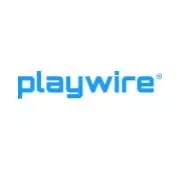






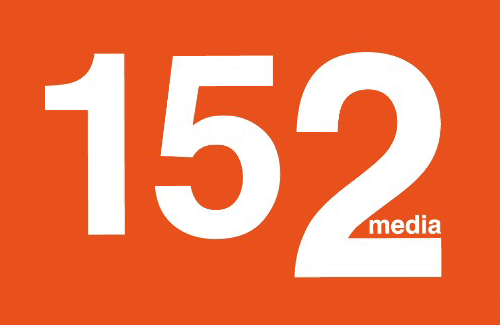


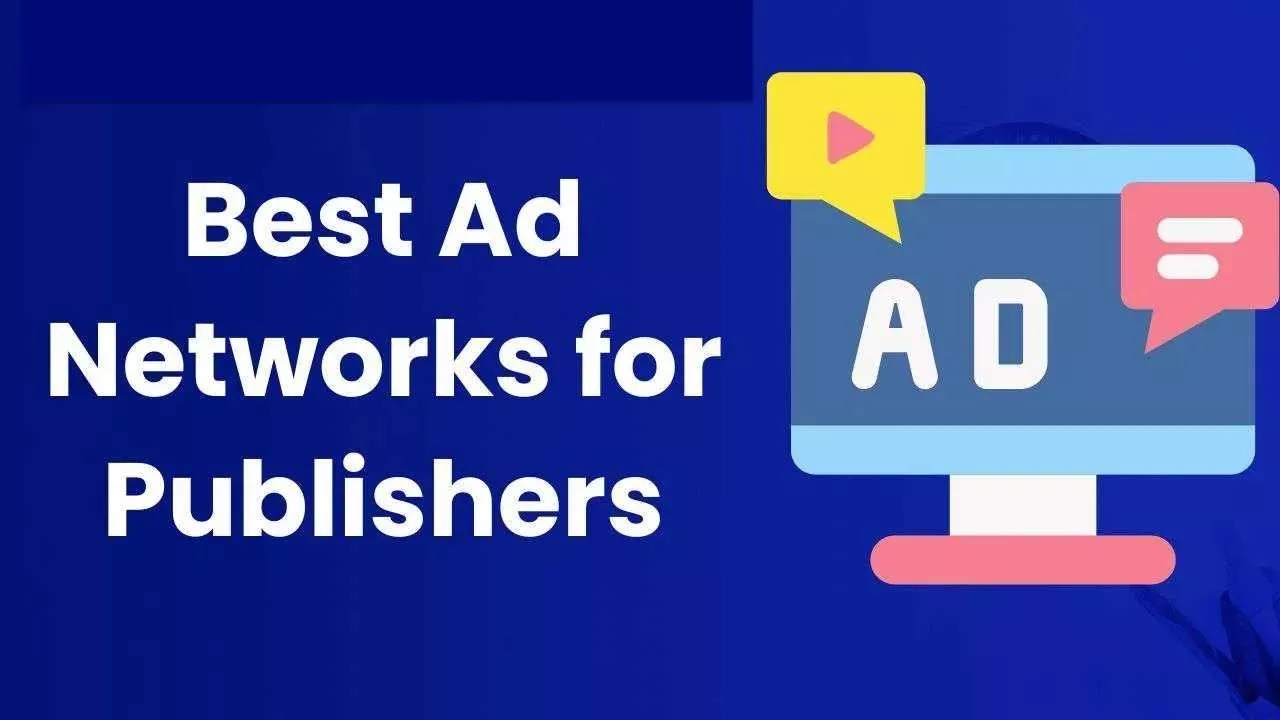
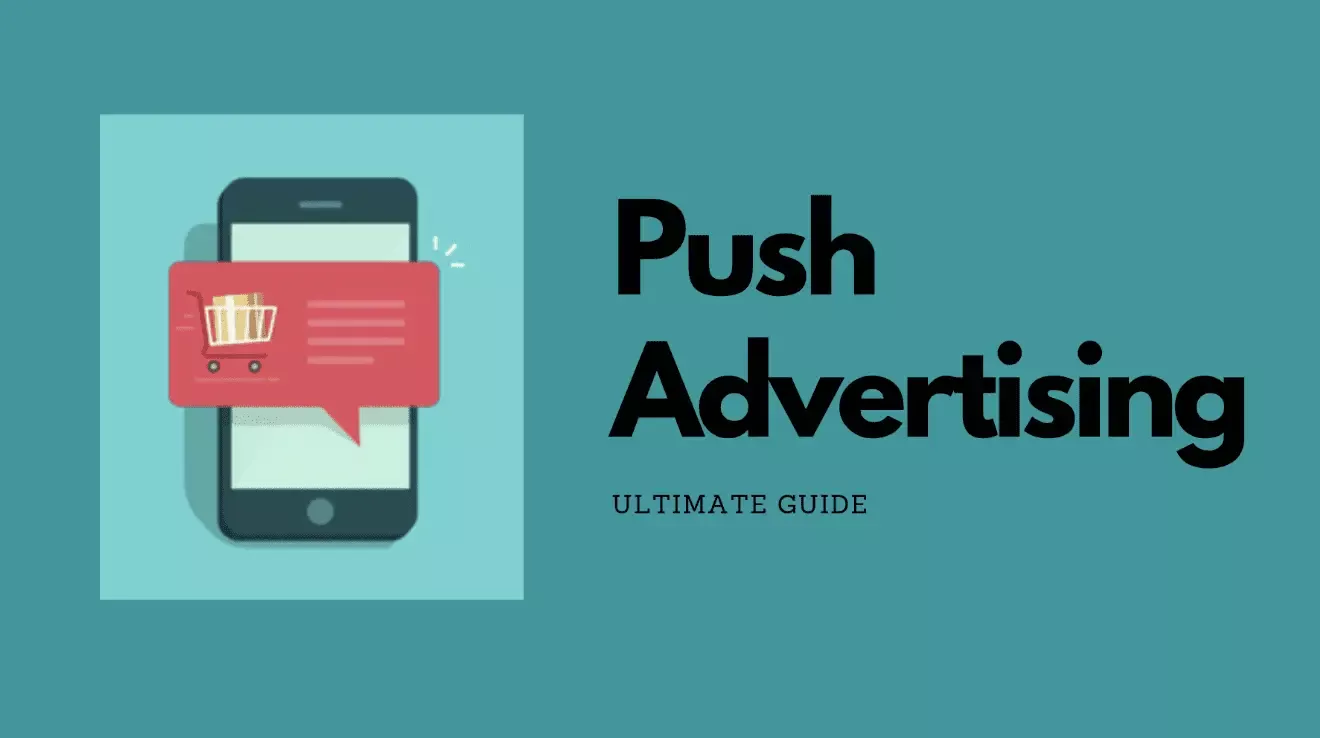
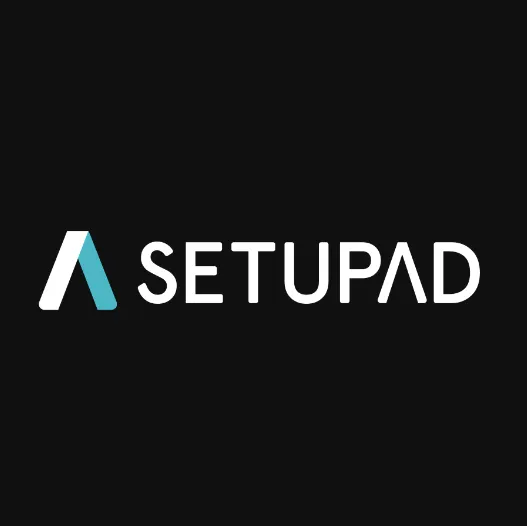




 (1).webp)


